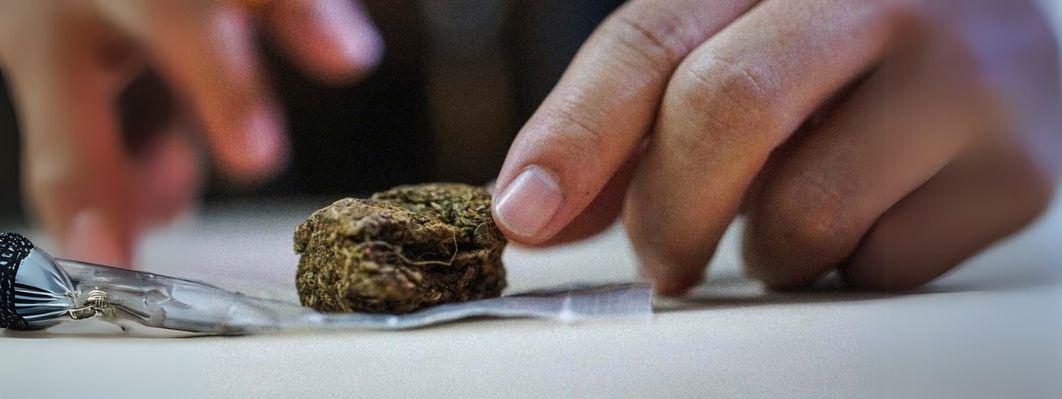Powered by Buddy
Menu
Main menu
Categories
Deals
Powered by Buddy
Powered by Buddy
Menu
Powered by Buddy
How do you want to shop?
Use My Current Location
Loading...
Blog
Powered by Buddy
Menu
Main menu
Categories
Deals
Powered by Buddy
Powered by Buddy









